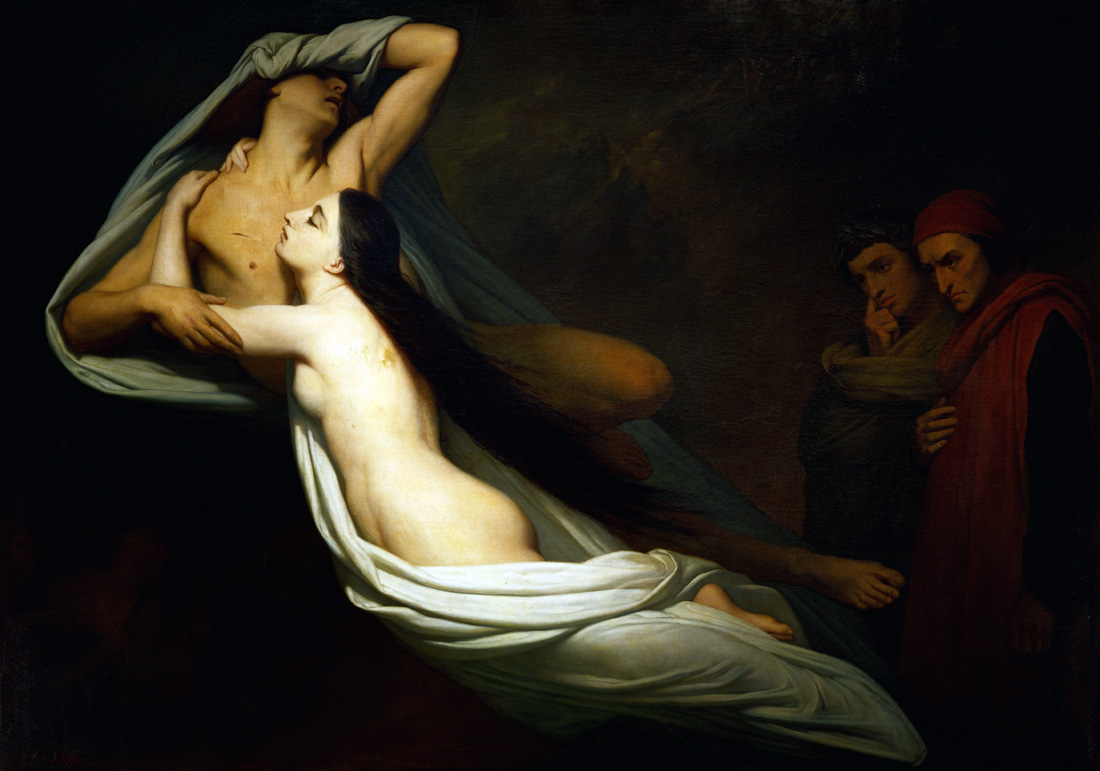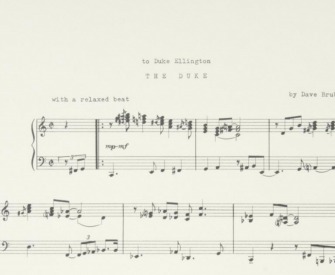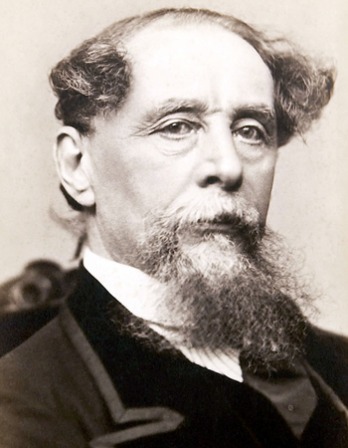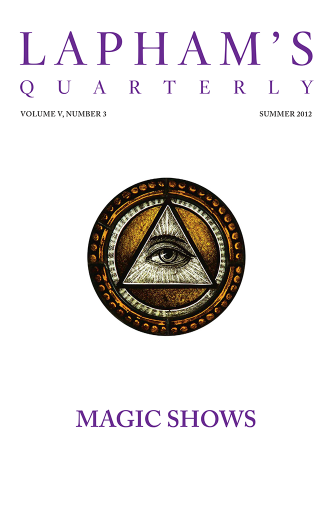Except in the sense of learning a lot of rather complicated repertoire very early in life, I was not a prodigy. I was not in the Yehudi Menuhin mold, traveling from town to town. That didn’t occur to me—and fortunately didn’t occur to my parents either as something that would be advantageous. But one of the results of not traveling is that, by the time I was in my late teens, I had decided that there was something just a little bit degrading about giving concerts. The process was essentially distasteful. I did realize, however, that it was the most convenient way to make some money. And I was not immune to the prospect of making money. So, by the time I was in my early twenties, I thought I’d give concerts for a decade, and by that time I’d be thirty and retire. Well, at least I came close! I retired at thirty-two! Retired, that is, from giving concerts.
From the moment I began broadcasting, that medium seemed like another world, as indeed it is. The moment I began to experience the studio environment, my whole reaction to what I could do with music under the proper circumstances changed totally. From then on, concerts were less than second best—they were merely something to be gotten through. They were a very poor substitute for a real artistic experience.
I was immediately attracted to the whole electronic experience. For example, my first nationwide network broadcast was in 1950, when I was seventeen. I remember, among other things, playing the Mozart Sonata, K. 281. The studio piano actually had a rather nice sound, but a rotten action and a very thick bass; and I was very depressed about the result, because I knew what I wanted from that sonata, and I wasn’t able to get it on that instrument. However, I took an acetate home the same day, put it on the turntable, and began to fiddle with the treble-bass control, which, of course, was very primitive in those days. Nevertheless, I was able to minimize that thick bass by emphasizing the upper frequencies, and so that piano became electronically altered after the fact, if you will. It now had an altogether more appealing sound than that which I was able to achieve under “real, live” conditions. And that experiment is just one rather obvious example of many possibilities that occurred to me during those early years as a result of my radio experience, but it’s an example that suggests not only a fondness for working in the studio per se but also something of the ongoing nature of the electronic experience—that one’s responsibility to a performance is not finished simply because one has given the performance.
And the result was that I fell in love with microphones; they became friends, as opposed to the hostile, clinical inspiration-sappers that many people think they are. One hears charges like that so often nowadays; one used to hear it mainly from the older generation of artists, such as Arthur Rubinstein perhaps. But nowadays one hears the same thing from these twenty-year-old whippersnappers; for example, “The microphone really is depersonalizing, an instrument that doesn’t respond, gives no feedback.”

The Shades of Francesca da Rimini and Paolo Malatesta Appear to Dante and Virgil, by Ary Scheffer, 1855. Louvre Museum, Paris, France.
During my teens, when I gave three or four concerts a year, I was never able to enjoy or really even evaluate the audience inspiration that one was supposed to get. When I was very young, I felt a certain sense of power when I walked onto the stage, especially to play a concerto. I frankly enjoyed that sort of thing when I was thirteen or fourteen. But the enjoyment wore off rather quickly because this mysterious, magical moment of insight that is supposed to be the net result of the coming together of artist and audience never happened for me. That is not to say that there were not occasional moments—perhaps when I was giving a concert with an esteemed conductor or playing a solo work in an especially fine hall—when some special feeling took hold of me. I wouldn’t deny that. But it didn’t happen because the audience was there; it could just as well have happened at rehearsal or in a practice session. I can honestly say that I do not recall ever feeling better about the quality of a performance because of the presence of an audience.
The very nature of the live concert does not allow you to say, “Take two. I don’t think I like what I did up to now.” You know you can’t do it over and yet, in my concerts, I always wanted to do exactly that. I had this incredible urge to stop, to turn around and say, “I think I’ll try that again.” You know, there were times when I would even have fantasies about it, but I never got up the nerve to do it. Of course, as I became more familiar with the whole process, not only of recording but of postproduction, I began to do all my own editing. I don’t mean in the sense of physically cutting the tape, but in terms of picking and choosing all the inserts and putting them in at every point exactly where they’re going to fit.
In the summer of 1957, I recorded the Bach Fifth Partita, the first of the partitas that I put on tape for CBS. The date is significant only because I had just returned from my first European tour—which consisted of concerts in Austria, Germany, and the Soviet Union—and during that tour, and during the months leading up to it, the Fifth Partita, which is a great favorite of mine, was an integral part of almost every program. Even if it was not on the program, its Sarabande or some other movement was used as an encore, so that I had played this work, or portions of it, literally dozens of times within a very few months. And then I went to record it.
Now, three years before it became contaminated with this concert-hall experience, I had also recorded it, not for a commercial label, but for the overseas service of the CBC. That earlier recording is not technically better than the one done in 1957, but it is a much more integrated concept of the music than the later version. And the reason for that is very simple: during those concert experiences I had to project that particular piece to a very large audience in most cases, and as a consequence I had added hairpins—crescendi and diminuendi and similar un-Bachian affectations—where they didn’t need to be. I had exaggerated cadences in order to emphasize the separation of sentences or paragraphs, and so on. In other words, I was making an unnecessarily rhetorical statement about the music, simply as a consequence of having attempted to project it in very spacious acoustic environments.
In a studio, where the pickup is close to the piano, you can achieve a very similar effect to that which the listener enjoys at home. The relationship of the piano to a microphone which is, let’s say, eight feet away is very similar to the relationship between the listener at home and his speakers. There’s a one-to-one aspect in both situations. But no such relationship exists when one is sitting on a stage, like the Tchaikovsky Hall in Moscow, and projecting a Bach partita to the first row of seats and to the top balcony simultaneously.
So the result was that the record made in the summer of 1957 is a very glib, facile effort, because a series of little party tricks which just don’t need to be there had been added to the piece. Now the interesting thing is that, at the same time, I also recorded the Sixth Partita, which I had played very rarely in public. I did play it once in the Soviet Union and, I think, maybe once or twice in Canada and the States prior to that tour, but no more. Then I recorded it, and that’s a good recording. No party tricks.
© 1980 by Elyse Mach. Used with permission of Dover Publications, Inc.
From an interview. Born in 1932, Gould studied piano at the age of three, began composing two years later, and entered the Royal Conservatory of Music of Toronto at the age of ten. He went into isolation in 1952 to refine his skills—with only a tape recorder, his piano, and his dogs as companions—and returned to the stage in 1955. His performances of Bach are considered unrivaled in the twentieth century.
Back to Issue





